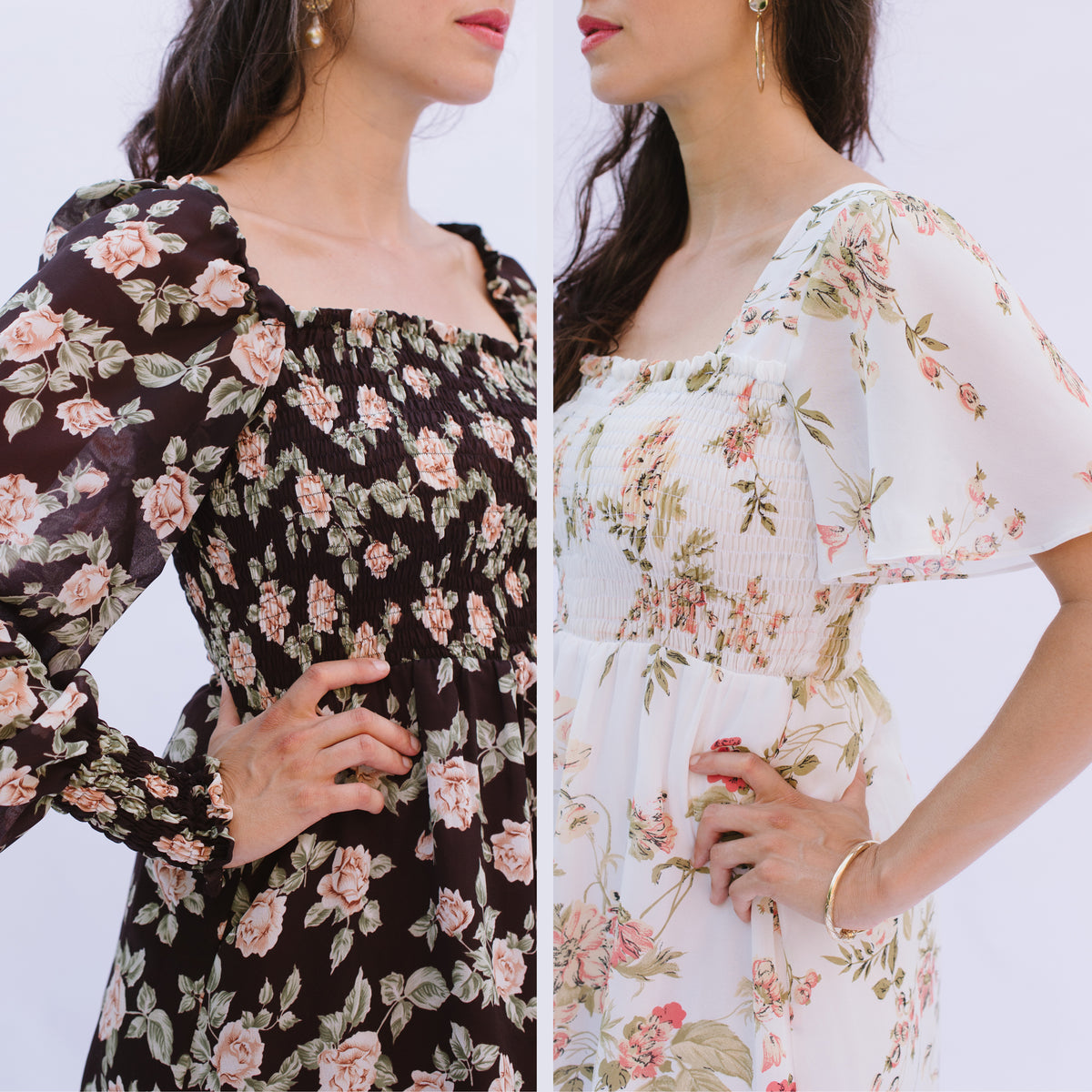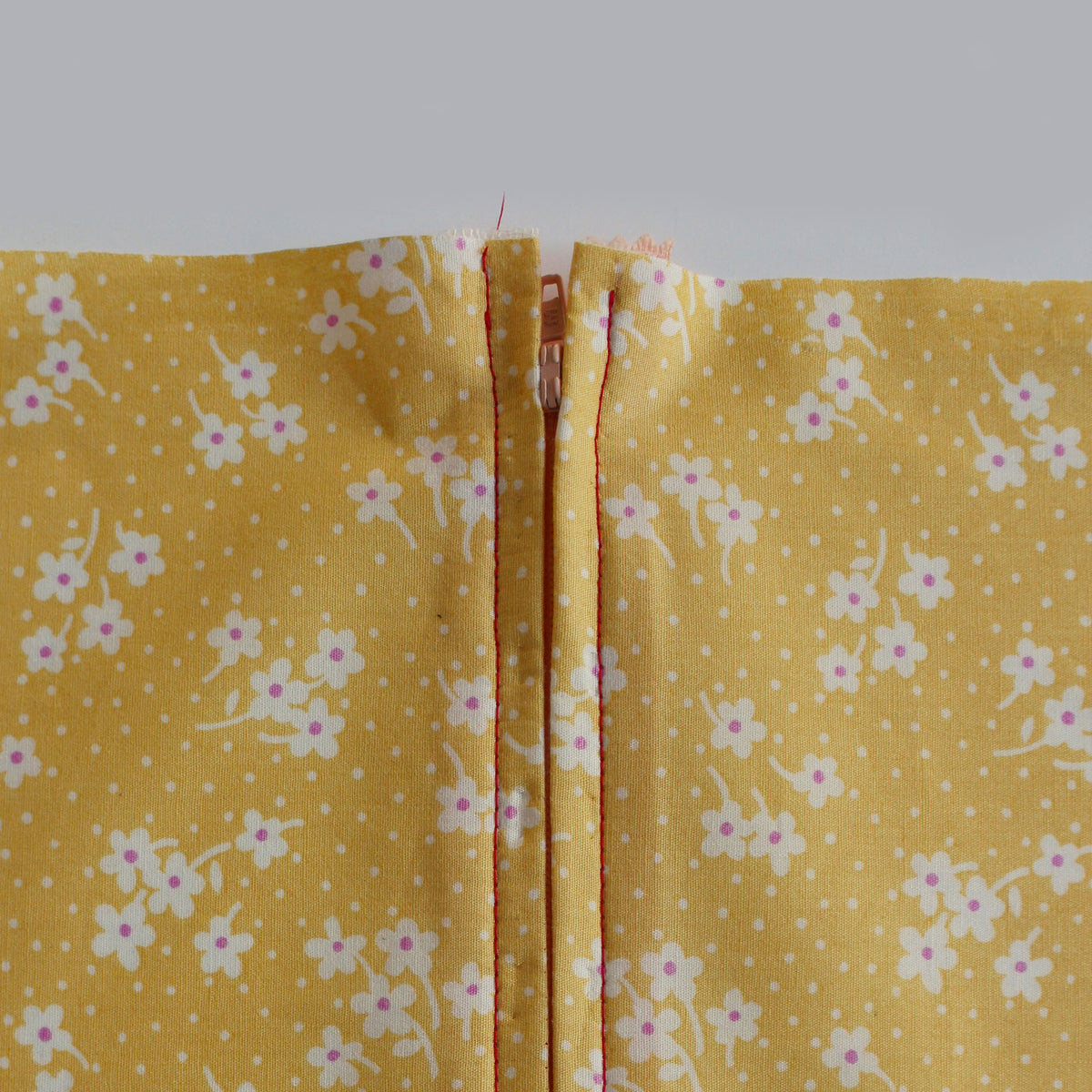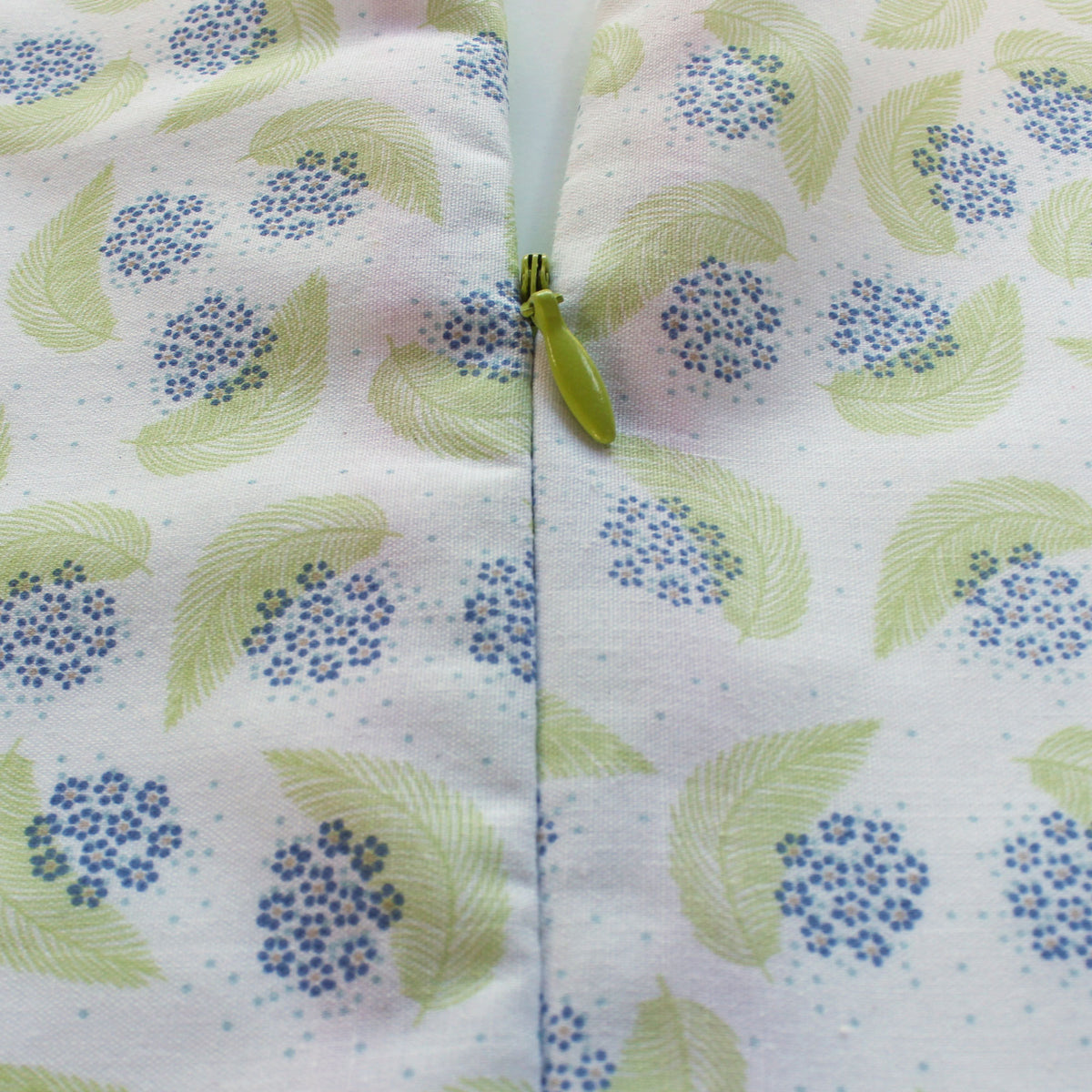Finishing edges with bias binding
Hey, let's talk about one of the best edge finishing techniques ever: Bias Binding!!! Who, what, when, where, why is binding you ask?!? Binding is a bias cut strip of fabric with pre-folded edges. The fact that it’s bias cut makes it ideal for finishing curved edges.
For our edge finishing purposes in this tutorial, I'd recommend using 1/4" - 1/2" width binding.

You can buy single or double fold binding in many widths and colors. Single fold binding will not be visible on the outside of the garment, whereas double fold binding will be. So if you're going for a clean look, single fold might be your best bet. Double-fold binding is excellent, too and you can use it as a contrast detail by using a contrasting color binding.
You can also make binding in your own fabric by cutting a bias strip and folding it in the same way that a binding strip is folded. Making your own binding is especially great for double-fold binding if you intend to use a specific contract fabric.
If you're using one of my patterns, I provide bias strip pattern pieces for all finished edges, but you can use binding in place of these. The benefit of that is that it can save fabric.
Let's talk about single fold binding first. Here goes...

1. "What is the seam allowance of the garment edge?
2. "What is the folded seam allowance of the binding?"
You need to consider this because they may not have the same seam allowance. You may have a 1/2" seam allowance on the garment edge and 1/4" on the binding. Either way, just may sure when pinning the binding that the fold line falls on the seam allowance line along the garment edge.

Sew along the folded line. Trim excess seam allowance to the width of the binding edge.






Isn't it heavenly?
Double Fold Binding









YOU MAY LIKE:
Leave a comment
Comments will be approved before showing up.
Also in The Victory Patterns Blog

Pair the Sofia Bell Sleeve Strap with any sleeve option

How to sew a centered zipper
A centered zipper is one of the most usefull zippers to be able to sew. They are commonly used in skirts, dresses, and pants, as well as cushion covers and handbags. In this tutorial, we'll show you how to sew a centered zipper using directional sewing, which avoids the fabric from shifting in different directions once the zipper is sewn in.



